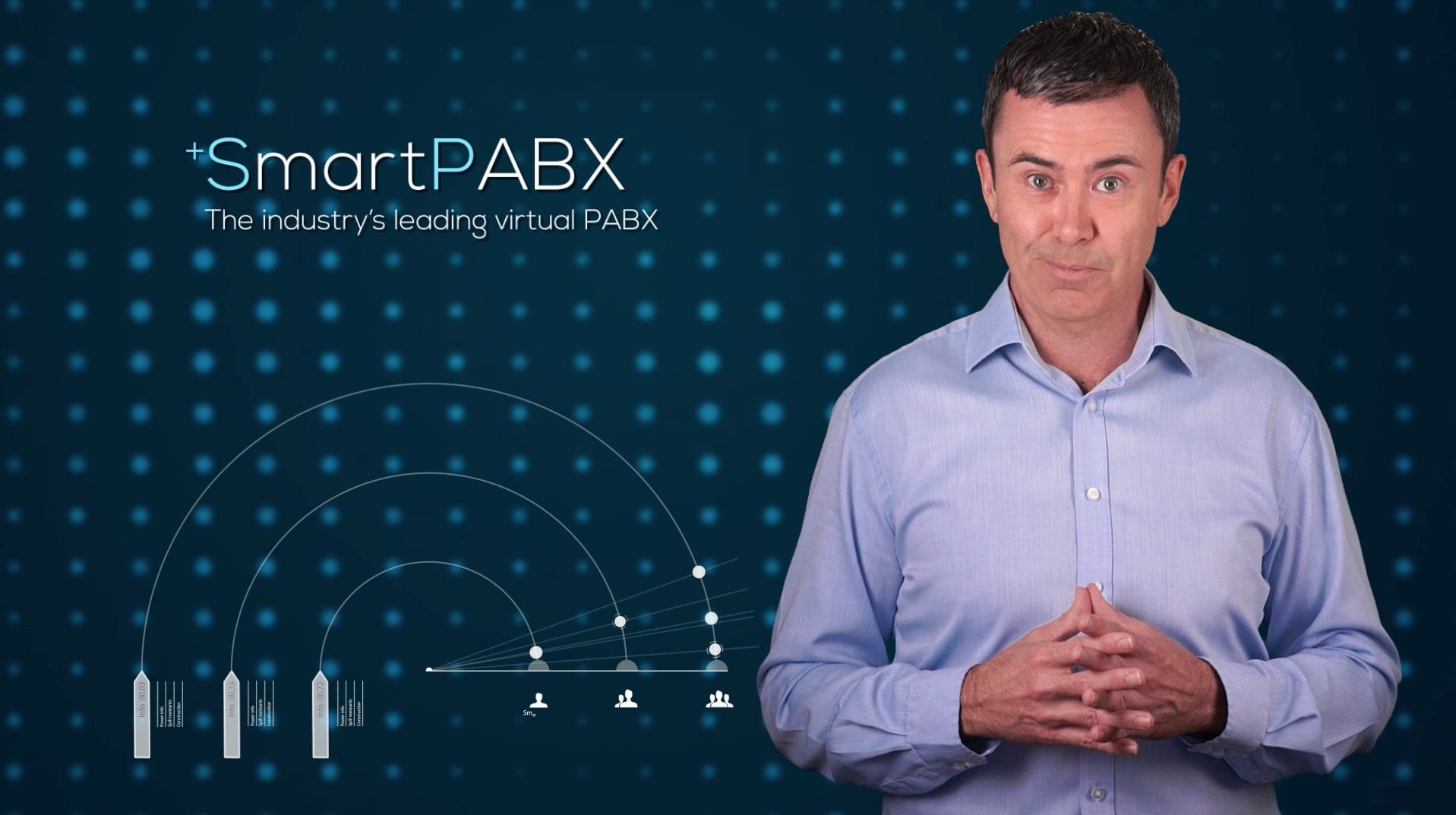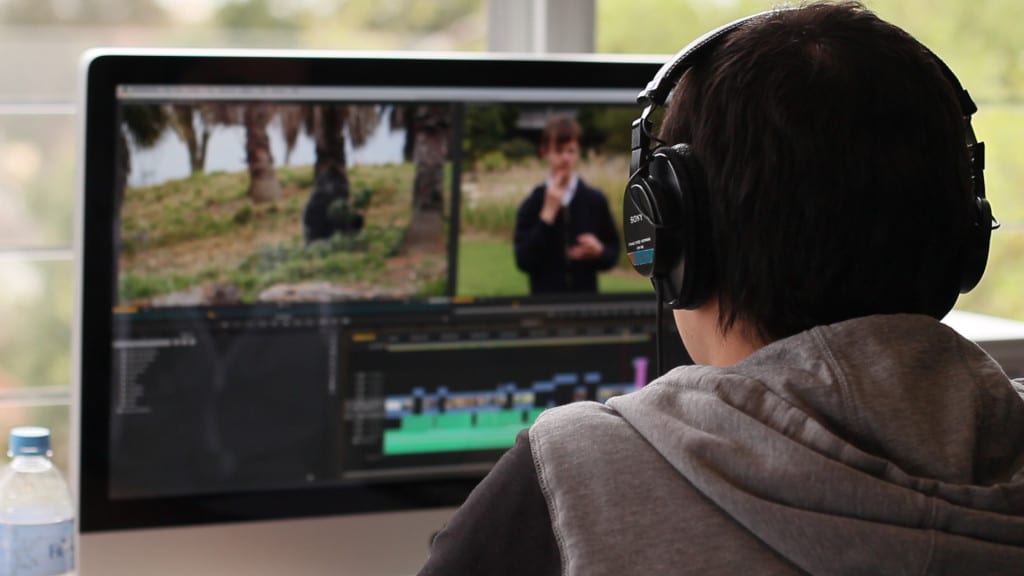Preparing for Your Video Production Journey
Acclaimed French film director Francois Truffaut was famously quoted as saying, “Making a film is like a stagecoach ride in the Old West. When you start, you are hoping for a pleasant trip. By the halfway point, you hope to survive.”
This chaotic filmmaking philosophy may have suited avant-garde filmmakers of the 1970s, but it’s the opposite of how we work at Dream Engine. Our video production methodology is based on a smooth, predictable series of processes that move your project from concept to delivery.
Unlike Truffaut’s stagecoach analogy, your production should feel like a trip in a self-driving car: Once you’ve boarded your vehicle and set your destination, you’ll be guided in the most efficient, comfortable and logical way. And you’ll enjoy the journey!
Here, then, is a template to help you ensure that when you embark on your next video production journey, you’ll have a pleasant trip and get to where you want to go:
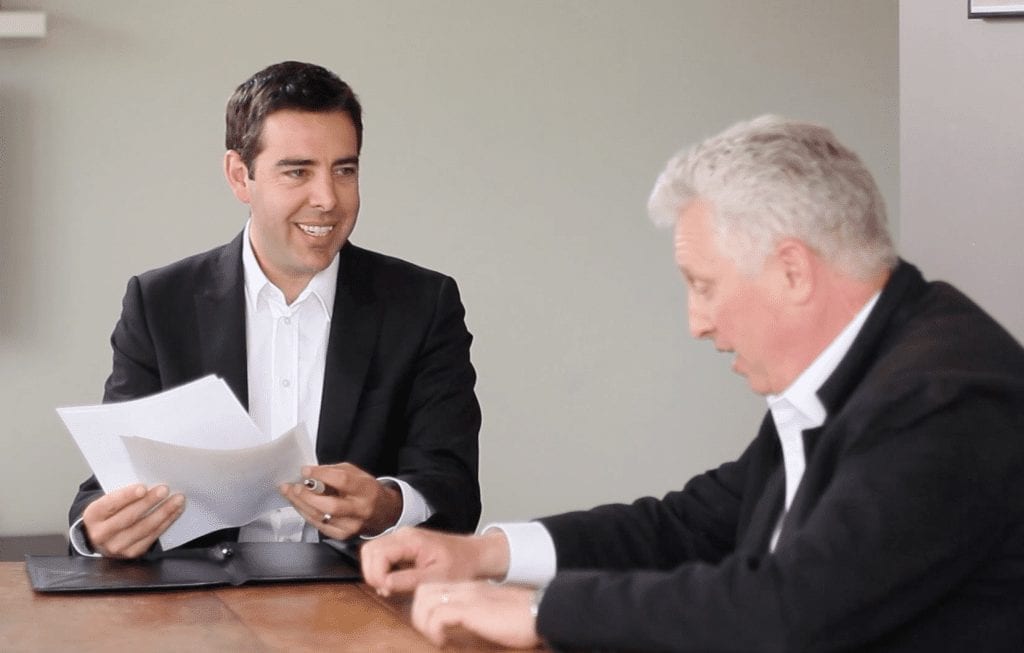
Allocate the Right Amount of Time to Pre-Production
Ideally, you’d set your production schedule months ahead, giving you lots of time to plan your next video project. The reality is, as busy humans, with lots of things competing for our attention, we tend to get started on video projects only once we feel the pressure of an impending deadline.
That being said, even working within these constraints, it’s still possible (and vital!) to plan your project properly. Once you do, it will pay dividends. You’ll end up with a video that does what you want.
So the first step is to clarify precisely what your objectives are:
What do you want your video to achieve?
Who are you communicating with?
What do you want them to do once they’ve watched the video?
What resources and people do you have access to?
How will you get your video seen once it’s ready?
This is where Dream Engine comes in. You’re not expected to work all this out on your own. We’ve been making videos for close to 20 years. We have a great process to clarify these questions and help you develop the answers. It’s our role to prompt and question you and generally get you thinking so that these answers come into clear focus.
We then created a blueprint for the project: a script, a list of shots we needed to get, a schedule, a list of locations, and interview questions. Now, we have a plan, and we’re on the same page.
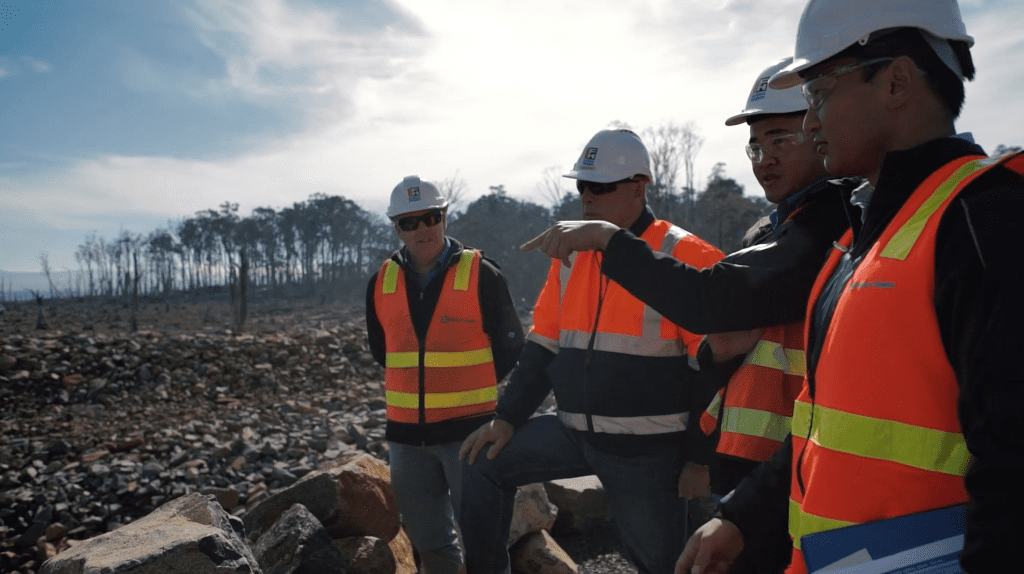
Bring in All of the Stakeholders Early
Everyone involved in the process and with a stake in the outcome needs to be part of the early planning. There’s little worse than someone’s boss, or boss’s boss, coming in for the first time once we get to the second edit and asking for things that weren’t specified in the production blueprint. It’s essential to get everyone on the same page early on.
Resist the Urge to Micro-Manage
Empower your video production crew. You selected us to make your video because you decided we’re the best team for the job. Once you’ve gone through a thorough planning stage and you’re happy with the preproduction process, resist the urge to micromanage. Have us get on with what we do best. When I think about the most successful videos we’ve worked on, they’ve been productions where our clients have communicated a strong belief in our abilities and been okay with loosening the reins.
The critical thing to remember is that we’re working from a planning document that you defined. We’re carrying out your plan. We don’t take this responsibility for granted. We work hard to win and retain your trust and belief.
One Point of Contact for Video Editing Feedback
Once the shoot’s over and we’re editing your video, it works best to allocate one point of contact to work with our video editor and provide feedback. So, if multiple stakeholders are viewing drafts of your video and giving feedback, select one person to collate all of the feedback. This will ensure that your video is more coherent and delivered sooner.

Get your Video Out There Properly
The right time to think about how you’ll distribute your video begins in preproduction. Will you share it through social media, the company intranet, an email campaign, a video brochure, etc.? It’s heartbreaking to see a well-executed video not get the exposure it deserves. Since you’ve invested in your video, it’s vital you get maximum return. Once again, we’re here to help with this.
You also need to plan how you’ll measure and track the success of your video. Whether it’s view count, play rate, click-through rate, conversion, etc., selecting some metrics to measure how your video is performing is essential.
So, when it comes to making your next video, the choice is up to you: stagecoach ride or self-driving car (hint: choose the self-driving car :))
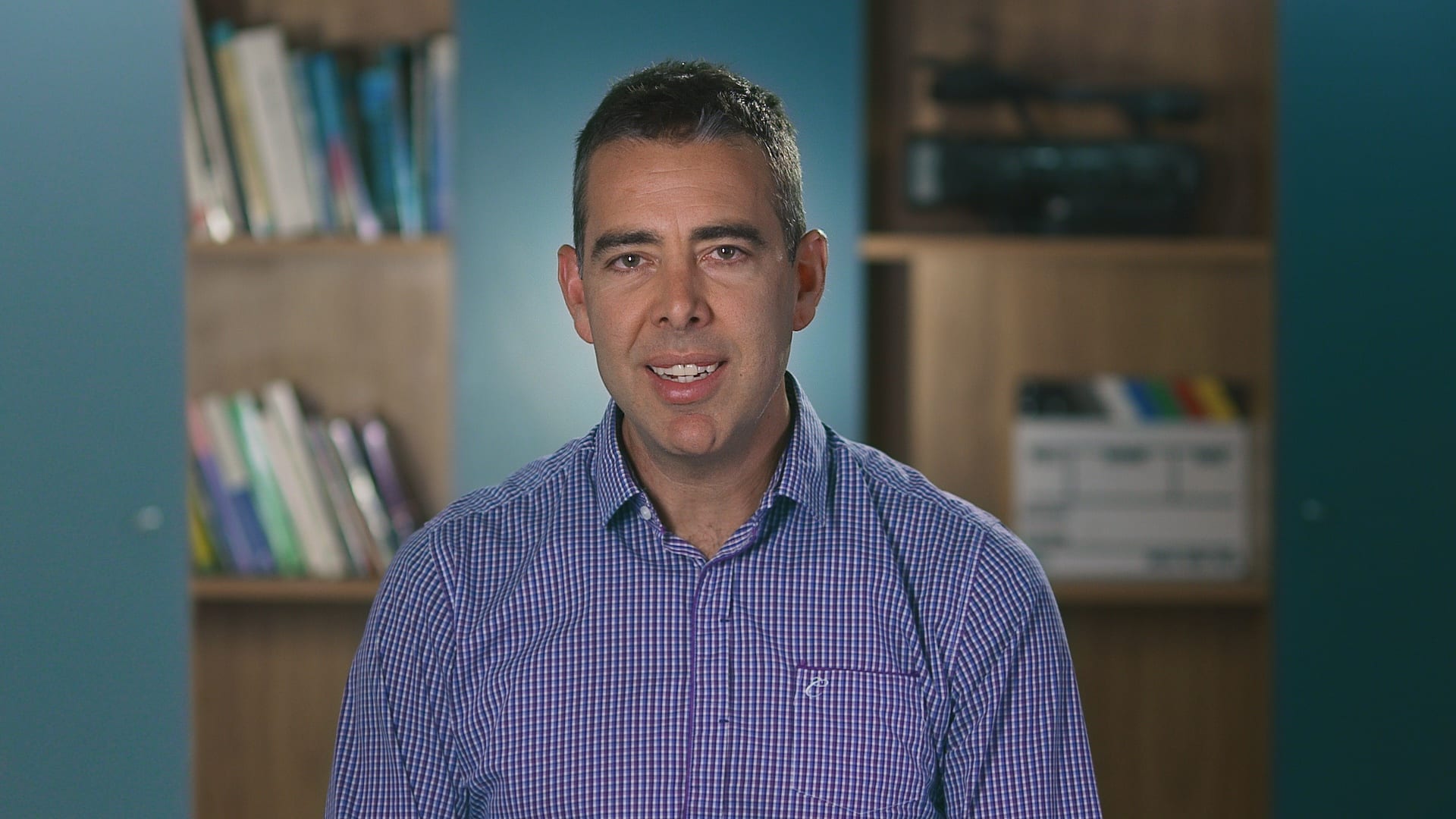
Ryan Spanger is the founder and managing director of Dream Engine, a Melbourne-based video production company established in 2002. With more than two decades of experience, Ryan has helped leading Australian businesses, government departments, and non-profits communicate their message with clarity and impact through video. He’s known for his strategic approach, reliable process, and commitment to producing videos that deliver measurable results.
